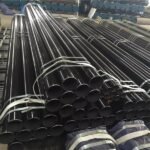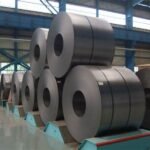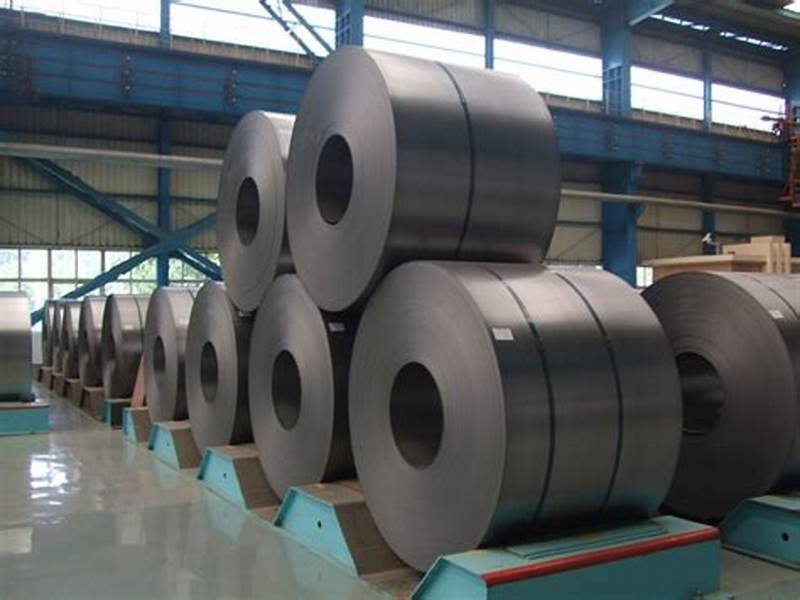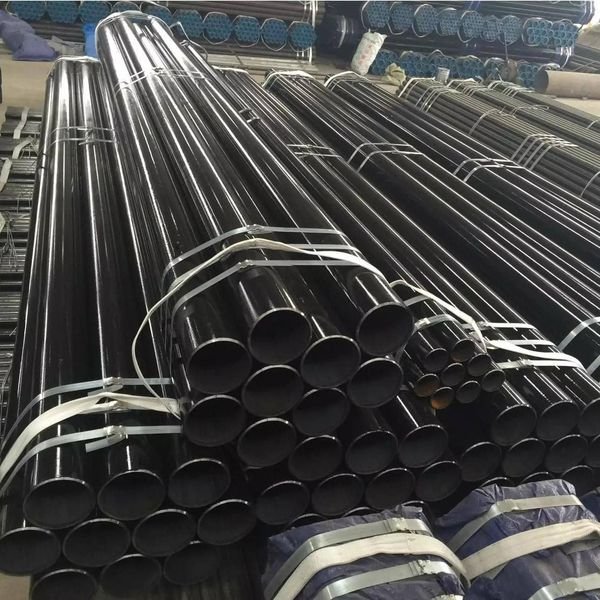Do Magnets Stick to Galvanized Steel?
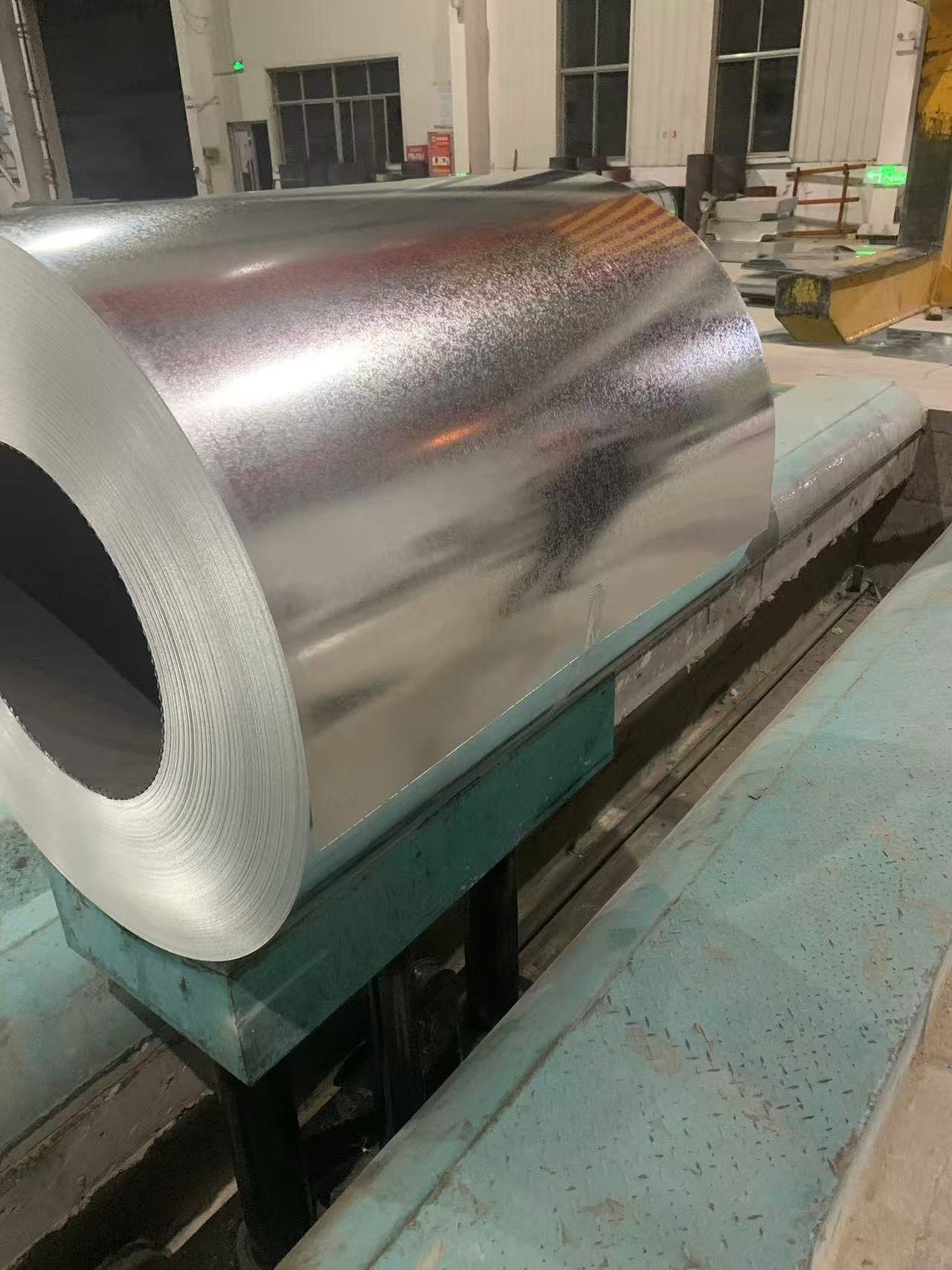
Have you ever tried to attach a magnetic hook, hang a sign, or set a tool on galvanized metal and wondered: Do magnets stick to galvanized steel? The answer is yes—but there’s a little more to understand beneath the surface.
In this article, we’ll explain why magnets stick to galvanized steel, whether the zinc coating affects magnetic strength, and when it might matter in real-world applications.
What Is Galvanized Steel?
Galvanized steel is simply carbon steel that has been plated with a thin layer of zinc to protect it from corrosion and rust. The zinc coating acts as a membrane between the steel and moisture or chemicals in the air, and so galvanized steel is a common material for:
- Fences and gates
- Roofing sheets
- HVAC ducts
- Outdoor signage and structures
- Marine or farm applications
The most typical galvanizing process is hot-dip galvanizing, where steel is submerged in molten zinc to achieve an even layer. Electro-galvanizing or zinc spraying are other processes.
Is Galvanized Steel Magnetic?
Yes, magnets will adhere to galvanized steel. What’s more, the zinc coating will not interfere with magnetic attraction.
The magic of magnets sticking lies in the underlying metal, and not the coating.
- Steel (iron) is a ferromagnetic metal, i.e., has strong magnetic properties and allows magnets to stick easily to it.
- Zinc, the external coating on galvanized steel, is not magnetic—but it’s applied in a very thin layer (often 5–20 microns thick).
- Therefore, the field of the magnet can easily penetrate through the zinc and reach the steel core.
Does the Zinc Coating Impact Magnet Strength?
In most practical situations, no significant difference is measurable. But there are a few items to consider:
- The more the thickness of the zinc coating, the weaker the magnetic grip can feel.
- On hot-dip galvanized coatings, the coating may be rough or non-uniform and inclined to reduce surface contact for flat magnets.
- On smooth electro-galvanized steel, magnets will be almost as good as on exposed steel.
So a magnet will stick, but the grip can be slightly varied depending on:
- Surface roughness
- Type of galvanization
- Magnet size and strength
If maximum magnetic hold is necessary (such as to hold heavy equipment or tools), you might want to experiment with a small section first.
Where Could You Use Magnets on Galvanized Steel?
Magnets and galvanized steel are often used together in:
- Tool storage on galvanized shelving or racks
- Signage on metal door panels or wall panels
- Magnetic hooks in storage closets or workshops
- Temporary markers or labels on metal containers or bins
- Lighting fixtures on galvanized studs or beams
As galvanized steel finds widespread application in building as well as manufacturing, the fact that magnetic solutions are entirely compatible in most applications is comforting.
Can You Paint with Magnetic Paint or Use Sheets on Galvanized Steel?
Yes, you can. But in case the galvanized surface is:
- Rough or oxidized, clean it first for better magnet adhesion
- Painted, the magnetic field will have to go through the paint too (reducing strength)
If you’re using magnetic sheets, choose strong neodymium magnets for better performance on galvanized or coated surfaces.
Conclusion
So, do magnets stick to galvanized steel? The answer is a clear yes.
Despite its zinc coating, galvanized steel is still magnetic since its core still remains made of iron or carbon steel. The zinc coating is too thin to cancel out the magnetic field, and magnets should work in most uses just fine.
No matter if you are arranging tools, hanging a sign, or attaching a magnetic accessory, you can rely on galvanized steel to retain your magnets—just pay attention to surface texture and coating thickness if you want maximum strength.


